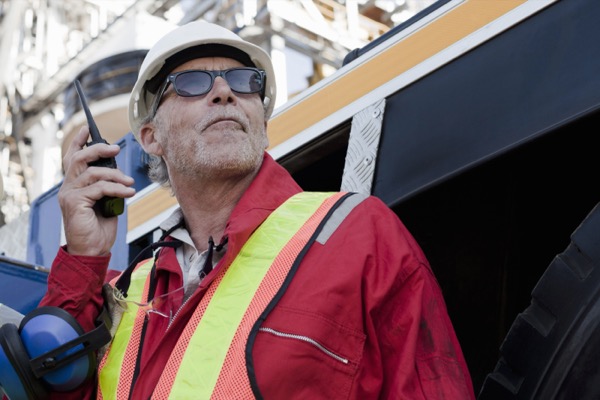In the realm of occupational safety, particularly in industries such as construction, manufacturing, and utilities, fall protection equipment is a vital line of defense against workplace accidents and fatalities. Maintaining this equipment is not just a regulatory requirement; it’s a moral imperative to ensure the safety and well-being of workers. This guide aims to provide comprehensive insights into the proper maintenance, inspection, and care of fall protection equipment.
Understanding the Scope of Fall Protection Equipment
Fall protection equipment encompasses a range of devices and systems designed to prevent or arrest falls. This includes harnesses, lanyards, lifelines, anchor points, and fall arrest systems. Each piece plays a critical role and requires regular inspection and maintenance.
Routine Inspection: The First Step in Maintenance
Regular inspection is the cornerstone of fall protection equipment maintenance. Inspections should be conducted before each use. Look for signs of wear and tear, such as frayed edges, broken fibers, cracks, corrosion, or any other signs of damage in the equipment.
Harness Inspection: A Detailed Approach
When inspecting harnesses, pay close attention to every strap, buckle, and stitching. Check for cuts, fraying, or stretching of the webbing. Buckles should be free from distortion, and all metal parts should be inspected for cracks or sharp edges. Any sign of damage or excessive wear necessitates immediate removal of the harness from service.
Lanyard and Lifeline Maintenance
Lanyards and lifelines should be checked for any damages like cuts, burns, or corrosion. Self-retracting lifelines require particular attention to ensure their retraction mechanism is functioning properly. Any irregularities in the operation or signs of damage mean they should be withdrawn from use immediately.
Caring for Anchor Points and Fall Arrest Systems
Anchor points should be structurally sound and capable of supporting the prescribed weight limits. Regular checks for rust, corrosion, or any form of degradation are essential. For fall arrest systems, ensure all components, including the connectors and descent controls, are functioning correctly.
Cleaning and Storage
Proper cleaning and storage are integral to maintaining the integrity of fall protection equipment. Clean the equipment as per the manufacturer’s instructions, using appropriate cleaning agents. Avoid exposing the equipment to harsh chemicals or extreme temperatures. Store the equipment in a dry, clean area away from direct sunlight and heat sources.
Record Keeping and Documentation
Maintain detailed records of inspections, maintenance, and repairs. This documentation should include the date of inspection, findings, corrective actions taken, and the name of the inspector. Good record-keeping not only ensures compliance with safety regulations but also helps in tracking the lifespan and usability of the equipment.
Training and Awareness
Ensuring that workers are trained in the correct use, inspection, and maintenance of fall protection equipment is vital. Regular training sessions help in reinforcing the importance of equipment maintenance and familiarizing workers with new safety protocols and equipment updates.
Compliance with Standards and Regulations
Always ensure that fall protection equipment maintenance aligns with the latest standards and regulations. Keeping abreast of changes in safety standards and guidelines is crucial for maintaining compliance and ensuring the highest level of safety.
Professional Inspection and Maintenance
While routine inspections can be conducted by trained workers, periodic professional inspections are recommended. Certified professionals can provide a more in-depth analysis and identify potential issues that may not be apparent during routine checks.
Proper maintenance of fall protection equipment is not just a compliance issue but a fundamental aspect of workplace safety. Regular inspections, proper cleaning and storage, and adherence to safety standards and regulations are key to ensuring the reliability and effectiveness of this critical safety gear. By fostering a culture of safety and vigilance, organizations can protect their most valuable asset – their workers.
Remember, when it comes to fall protection, the adage “better safe than sorry” is not just a saying; it’s a guideline to live by.







